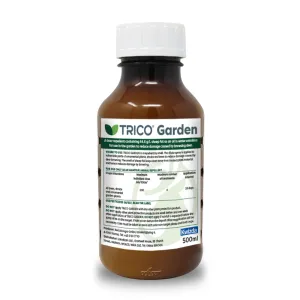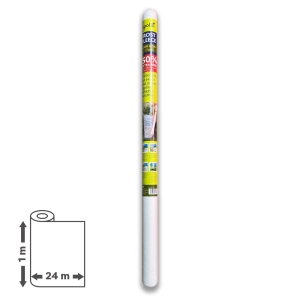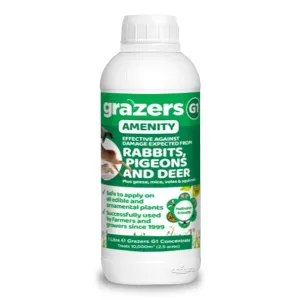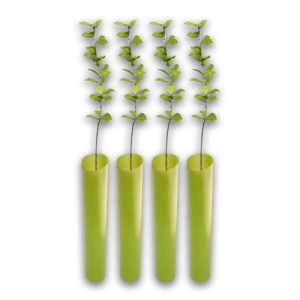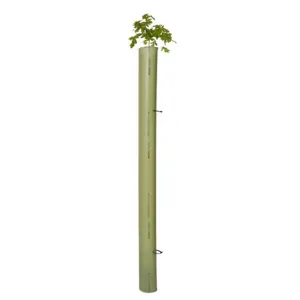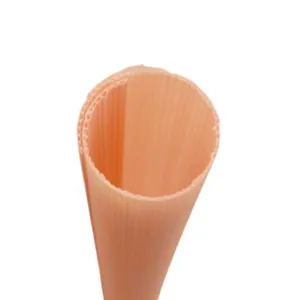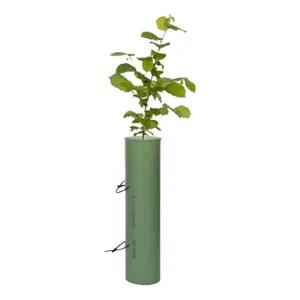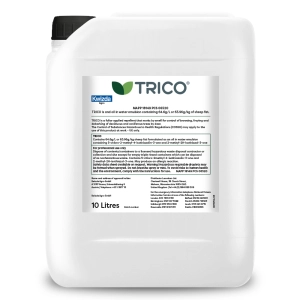Although many of our native mammals are hibernating in winter, there are still a handful of garden visitors who might drop in unannounced seeking food or shelter in the colder months.
Whilst it is more difficult to prevent sheltering, there are steps you can take to deter animals and prevent them from destroying or damaging plants and crops.
Here’s how to identify and deter wild winter foragers:
Rats
Unlike other small mammals like squirrels, rats don’t overeat in order to see them through a period of hibernation. They need to shelter, and they need to feed and seek sources of food daily - right the way through winter.
Rats are opportunists and will take what they can find in winter – including any winter crops.
They need to eat twice as much in cold weather to maintain their body temperature, and in particularly harsh weather, food sources can be scarce - which is when you may see them venture into your garden seeking out anything edible.
One of the most obvious ways to tell if rats are seeking out food in your garden is by the presence of their droppings – oval dark brown or black droppings the size of rice grains. You may also see gnawing and tunnelling activity especially near the boundaries of your garden.
What can you do?
- Move any potted plants and potted crops to a greenhouse or shed if possible.
- Build hooped cloth or fleece covers for raised beds and winter crops that can’t be moved. PVC rather than wooden hoops will be best to prevent further gnawing.
- Regularly clear away fallen seeds, seed pods and seed heads as well as fallen fruits and berries where they are close to edible crops.
- Some rats will nest in your trees, so remove climbing plants like ivy, and prune off lower branches to deter climbing. Use a tree tube or guard on smaller or newly planted trees.
Find out more about rats in our guides:
- How To Guide - How to get rid of rats in the garden
- Problem Guide - How to keep rats and mice at bay in winter
Rabbits
During wintertime, rabbits will feed on bark, bulbs and leafy grasses. You can tell if they’ve been in your garden by their droppings – small, brown coarse round pellets - and by gnawing marks on crops and tree bark (normally near the bottom of trees).
You may also notice grasses that have been grazed to the ground – especially near the boundaries of your garden and lawn.
What can you do?
- If rabbits are a persistent problem in your garden, you may want to consider rabbit-proof fencing.
- For winter crops, undertake the same process as for rats - build hooped cloth or fleece covers for raised beds and winter crops that can’t be moved.
- Use tree tube covers or guards to protect young, vulnerable or newly planted trees.
- Keep lawns and grasses away from the boundaries of your garden – especially those that border rural habitats or woodland.
- If planting bulbs in winter, make sure to plant to the correct depth and firm down the earth on top.
Deer
As the weather cools, the natural food sources of deer diminish. This means they are more likely to move onto farmland, orchards, gardens and parks where you can see them stripping the bark of trees and nibbling away at shrubs and ornamentals.
One of the most obvious signs of deer damage in winter is bark-stripping, seen on tree trunks at deer head height. You may also notice spring buds and foliage stripped, especially if this occurs overnight.
What can you do?
- If you’ve recently planted trees, you might want to consider protecting them using tree guards.
- For more established trees, use a purpose-formulated deterrent like Trico. Trico is highly efficient and reliable and provides long-lasting protection against damage.
Deer hate the smell and taste of it, but it is not harmful to them – it is derived from sheep fat which deer find unappetising – meaning they avoid treated areas completely.
Approved by the British Deer Society, Trico offers proven, rain-fast protection for trees, shrubs, crops and ornamentals. It remains the gold standard in deer repellents and will not harm your trees or plants
Foxes
Fox cubs are born in spring, so by wintertime, numbers are at their peak. Although primarily carnivorous, foxes will eat fruit, nuts, bulbs, seeds and vegetable matter in winter when sources of protein are scarce.
Foxes are great diggers and will often dig your vegetable and flower beds in winter looking for worms and bulbs, so disturbed earth in these places can be a sign of a visiting vulpine.
What can you do?
- Protect winter fruit or vegetable crops using fencing or wire mesh. Remember foxes are great diggers, so make sure any mesh or fencing is sunk into the ground correctly.
- Clear away fallen fruit from trees and shrubs.
- Hold off on using natural blood, fish or bonemeal fertilisers in winter as the smell attracts foxes and can encourage them to dig.
- Use thorny plants around your crop and edible plants as these will help keep foxes away.
Whilst all of these wonderful winter mammals can be a delight to observe, taking these small steps to protect your plants in wintertime – when need for food is greatest – can help ensure you have a thriving garden come spring, and enough Brussels sprouts left for Christmas!




